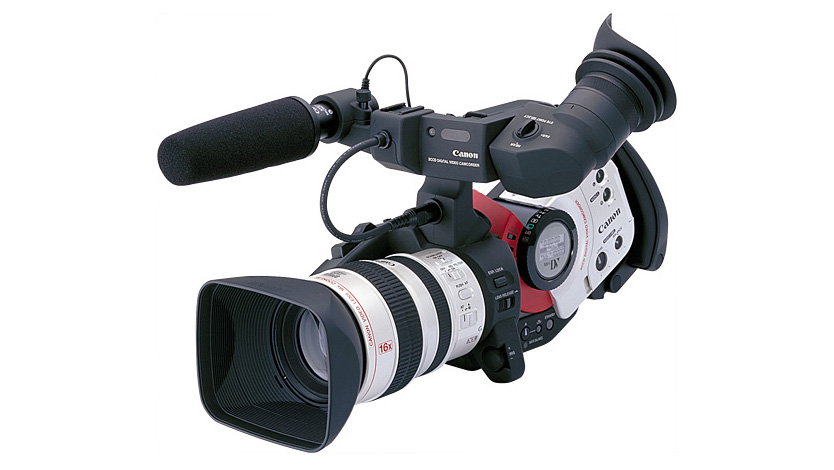
Ever since the 28 Years Later trailer dropped last week, zombie fever has gripped the Internet like the fictional Rage virus took hold of Great Britain back in 2002. Unlike the original film starring a young Cillian Murphy, with its meager $8 million / £5 million / AU$15 million budget, the third entry in the horror film franchise cost a comparatively huge US$75 million / £59 million / AU$118 million.
Although it’s not the most expensive horror movie ever made, it’s certainly up there. So, with that big ol’ Hollywood budget in mind, you’d assume it was shot on an Arri Alexa, a Sony Venice or maybe a retro Panavision film camera… not a flippin’ iPhone 15!
That’s right, Wired has confirmed “the use of Apple smartphones as the principal camera system,” namely, the iPhone 15 Pro Max. Now, iPhones have been used to film movies before – but we’re talking independent films, not blockbuster horrors. And while this is an interesting revelation, I don’t think it’s quite what it seems…
ABOVE: Watch the details of the 28 Years / iPhone 15 situation
I was first made aware of all this via YouTube channel @TonisFilmClub, which discussed an image of actress, Jodie Comer, standing next to an iPhone rig while on the 28 Years Later set. And when I say rig, I mean a professional-looking video setup.
Wired has reported that the production team used Beast cages to mount serious cine lenses on their respective iPhones. This makes a lot of sense, since the biggest obstacle when using an iPhone 15 Pro Max for professional filmmaking isn’t its video spec; the 15 Pro Max can dish out Apple ProRes footage at 4K 60p in Log, after all.
Where things start to fall apart are the iPhone’s available lenses and, perhaps most importantly, its autofocus. There’s simply no way you could film a professional-looking production using an iPhone’s AF. Adding cinema lenses to the rig would have enabled the crew to pull focus smoothly and accurately, while also affording them various fields of view.
28 Years Later certainly isn’t the first major production to use consumer cameras, with Mad Max: Fury Road employing the use of the Nikon D800 and more recently, sci-fi epic The Creator being shot on the Sony FX3. Heck, even some Marvel movies were shot on Canon DSLRs. And yet, 28 Years Later isn’t even the only film to shun cinema cameras within its own franchise.

Director Danny Boyle (who won an Oscar for Slumdog Millionaire) and writer Alex Garland (who shot parts of Civil War on a DJI Ronin 4D) famously used digital camcorders on the first zombie apocalypse outing, 28 Days Later, to mitigate both budget and time constraints.
Boyle and Cillian Murphy told NME how, in a pre-9/11 world, they were able to shut down central London. The Canon XL1 would have been a cheap and maneuverable solution, ideal for quick takes when traffic was held at bay.
But this choice of digital camera inadvertently ended up delivering the first movie’s gritty aesthetic, thanks to its standard definition output. And let’s not forget, the late 1990s and early 2000s were a digital moviemaking frontier. Star Wars – Episode II: Attack of the Clones was the first major blockbuster shot entirely on digital cameras, and that was another 2002 release.
But the best camera phones don’t produce gritty, newsreel footage – and when added to a rig with cinema lenses and other accessories, they lose their unrivaled portability. So I’d be interested to know Danny Boyle’s reasoning for selecting the iPhone 15 Pro Max this time around.
Watch this space, should it ever come to light…
You may also like...
Interested in filmmaking? Check out the best cameras for filmmaking. And if you've got the budget for it, take a look at the best cinema cameras.
If you're a fan of movie history, this year Panavision turns 70, reveals 16 innovations it brought to legendary movies from Ben-Hur to Wicked. Here are my favorites…







